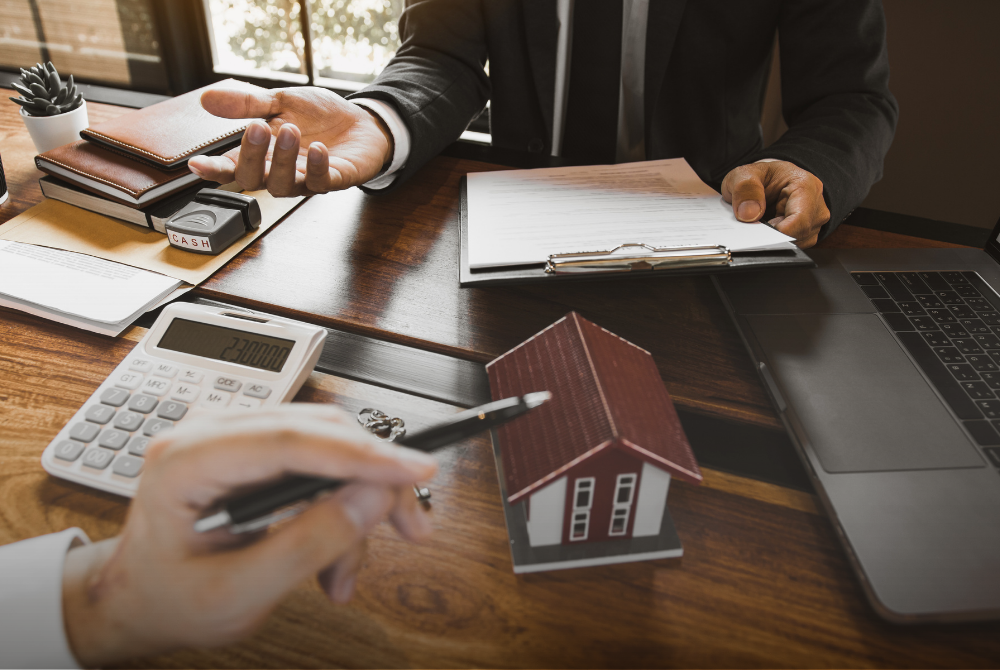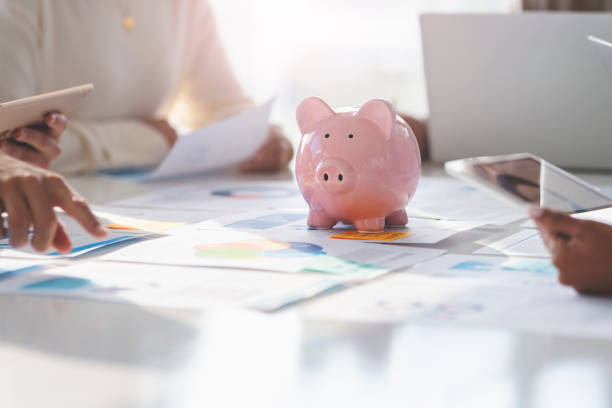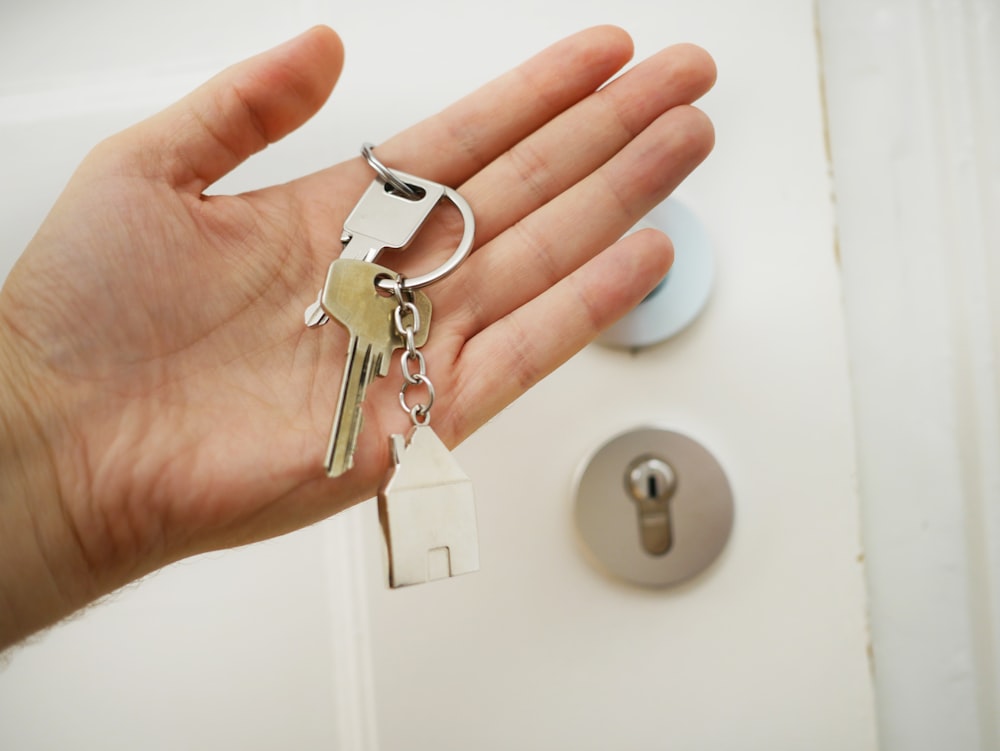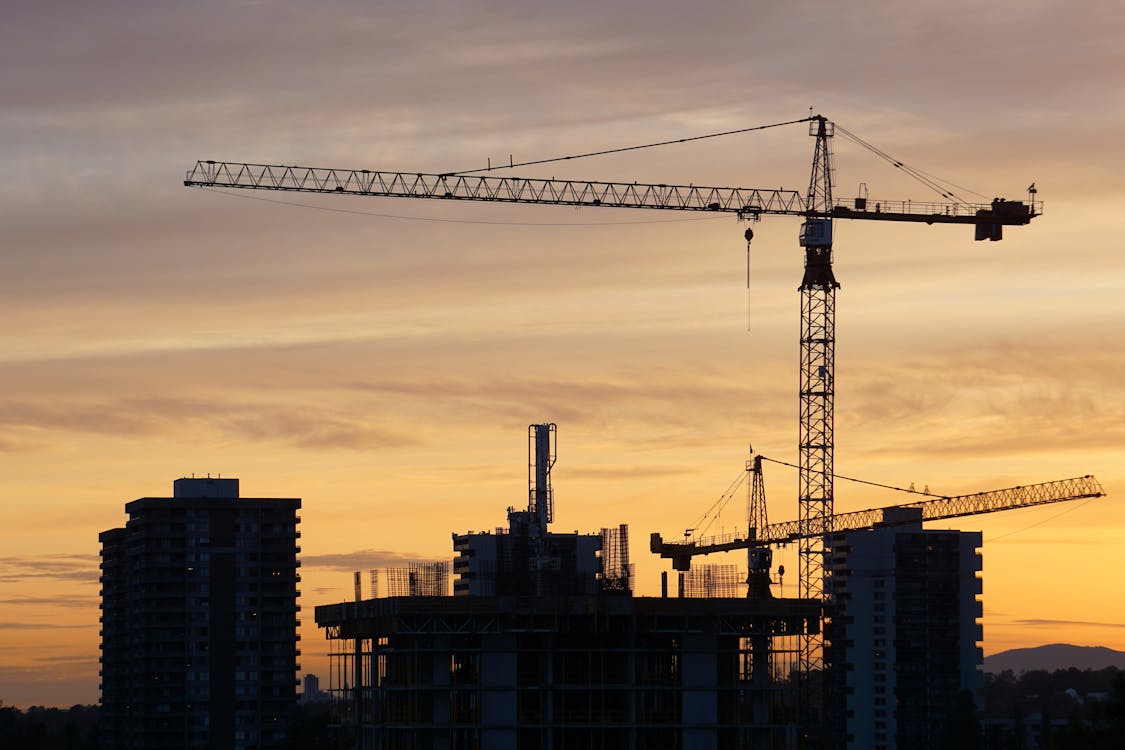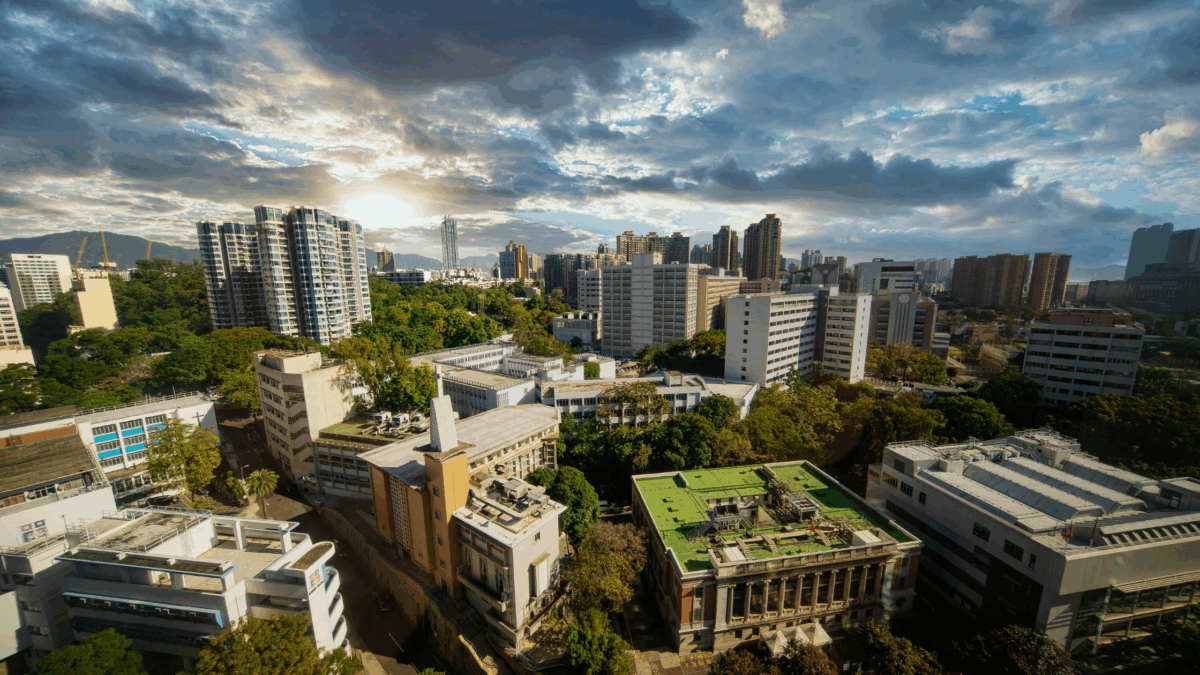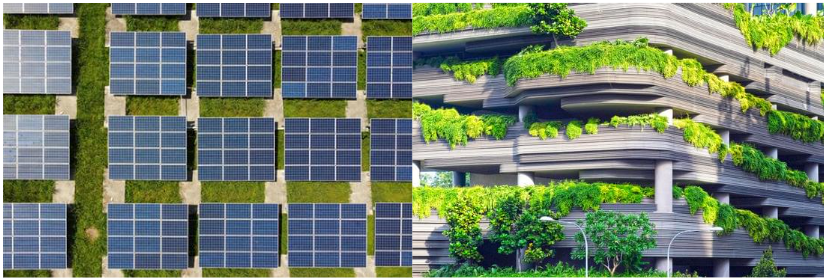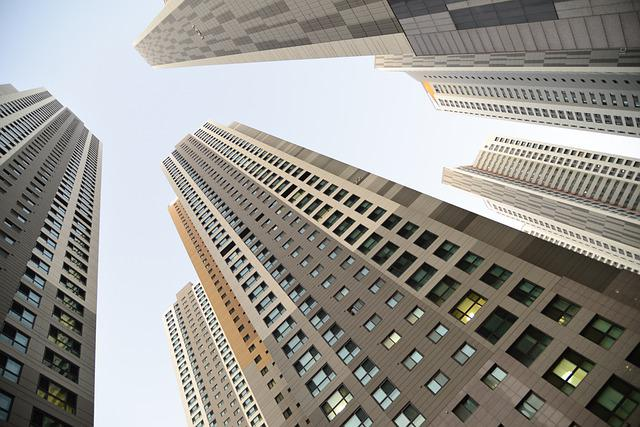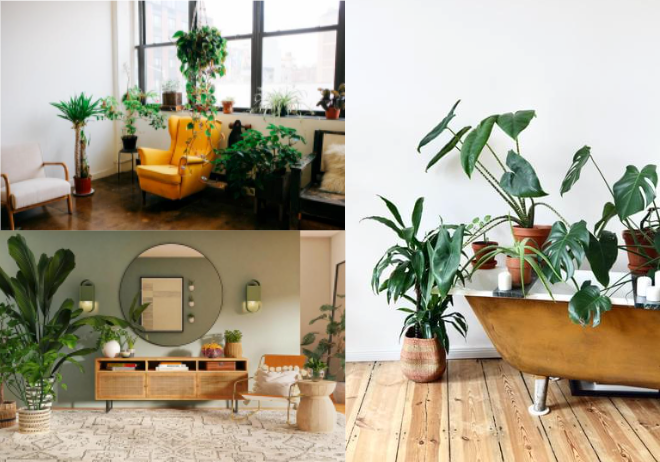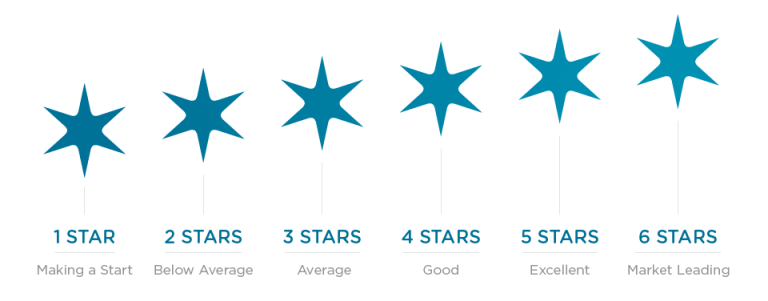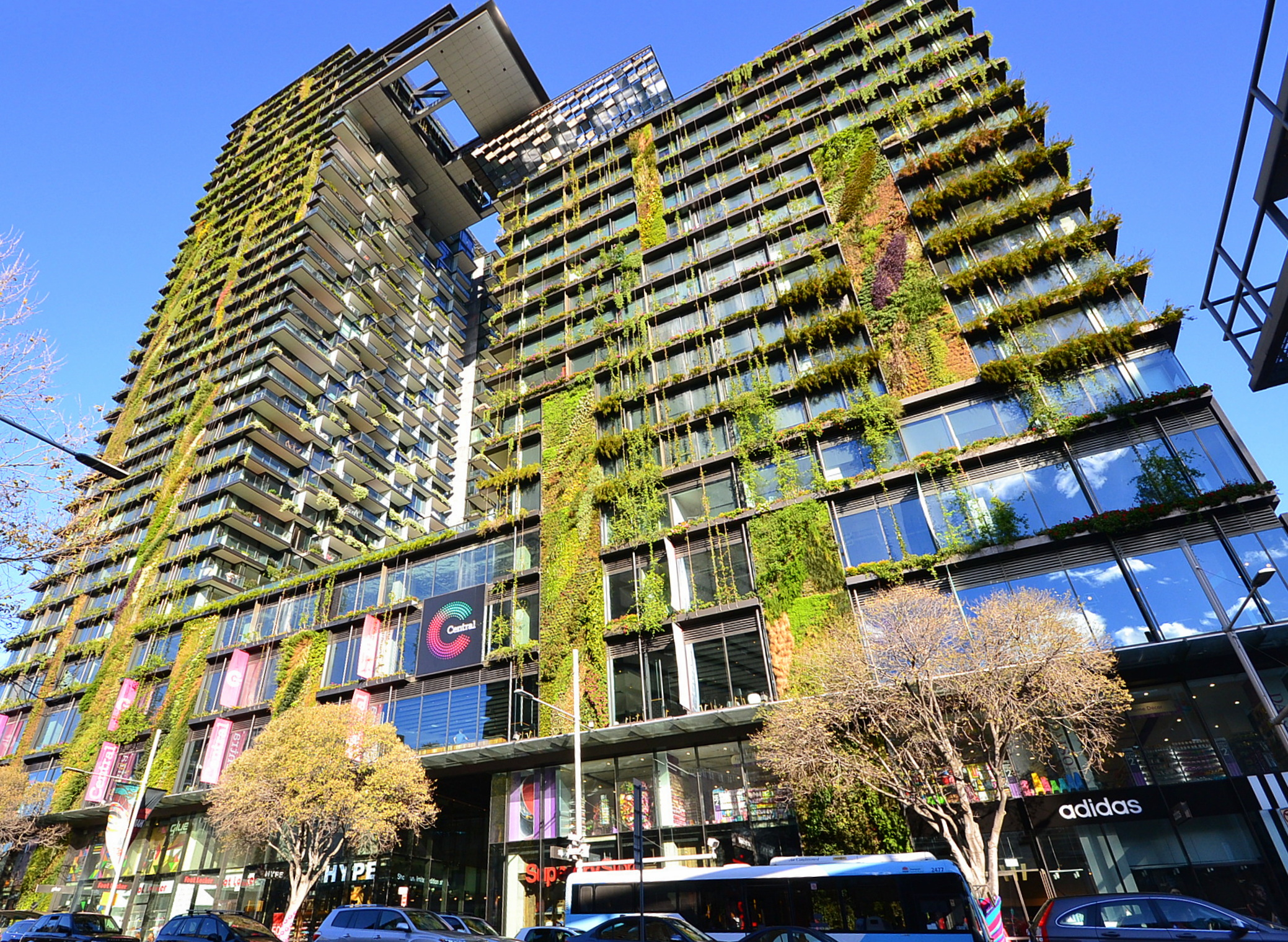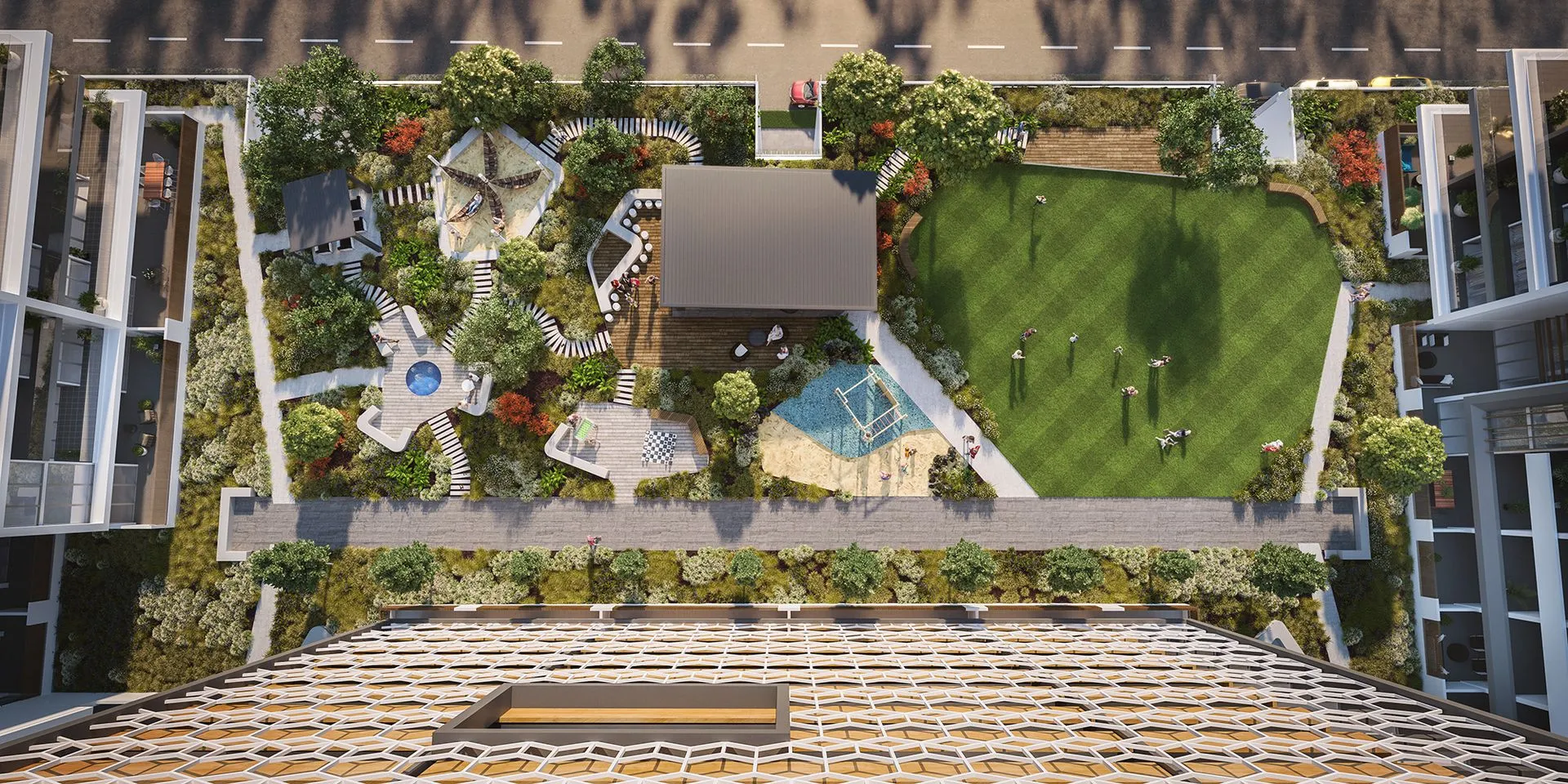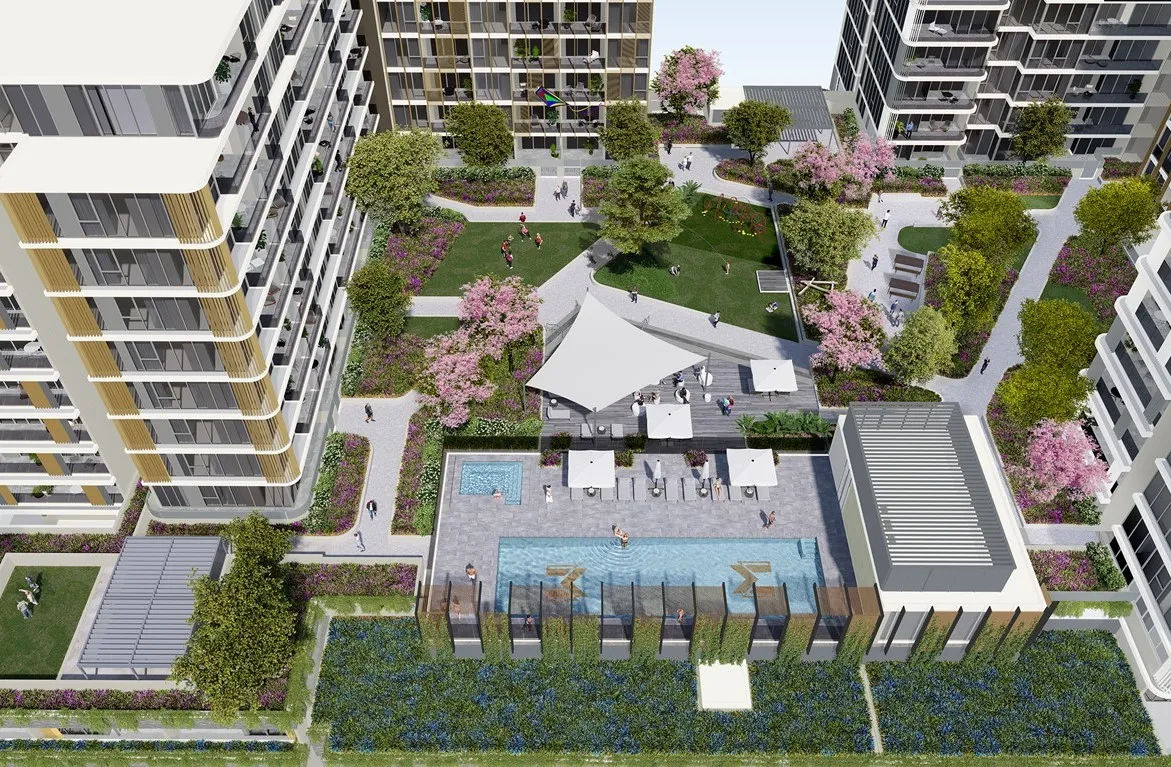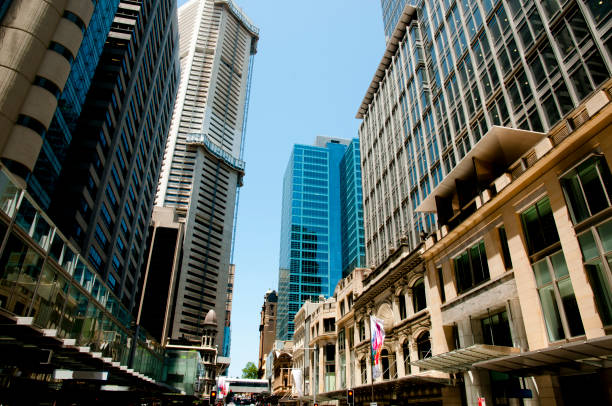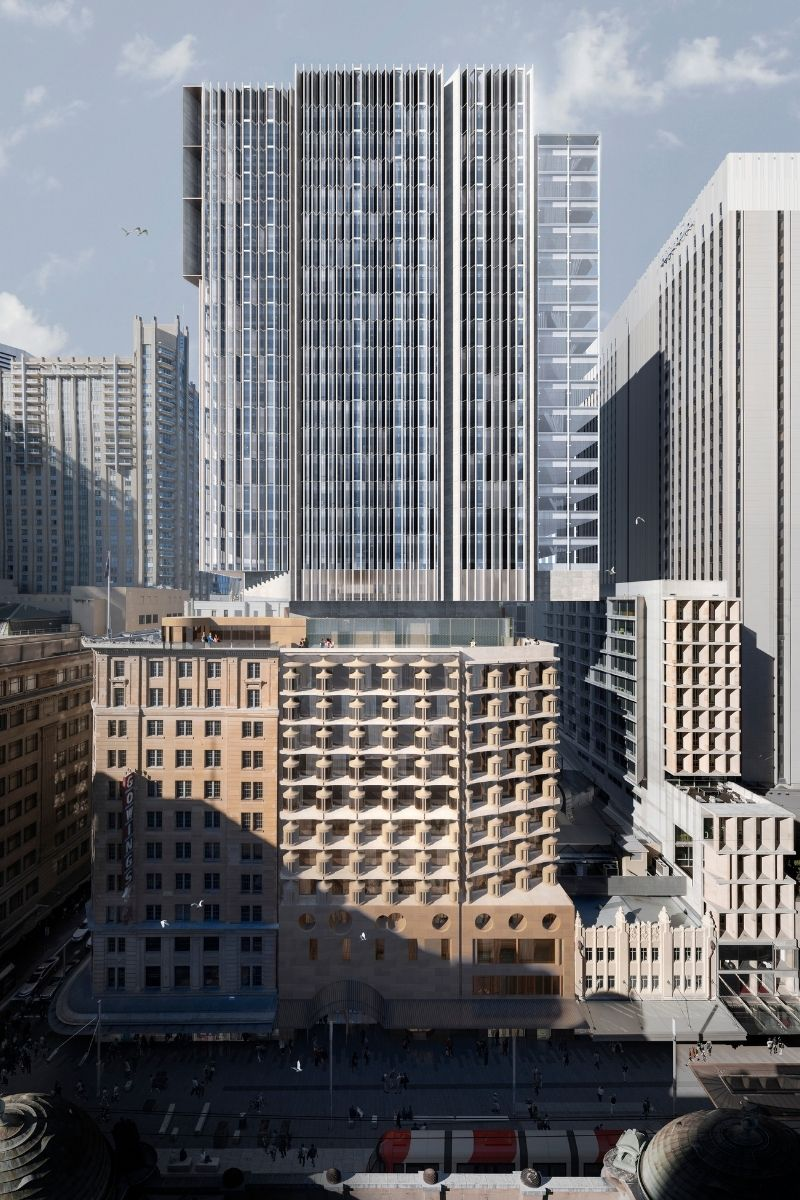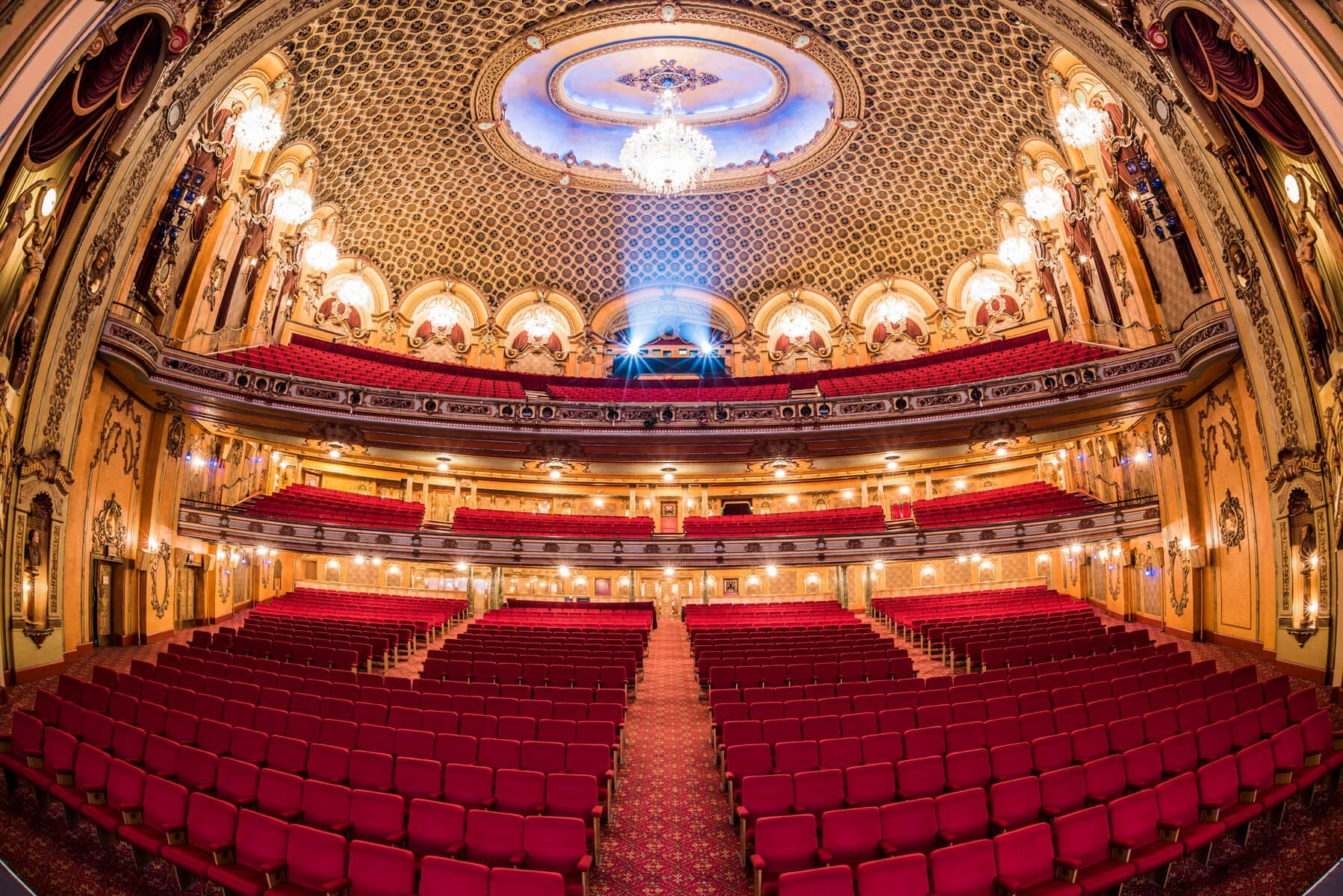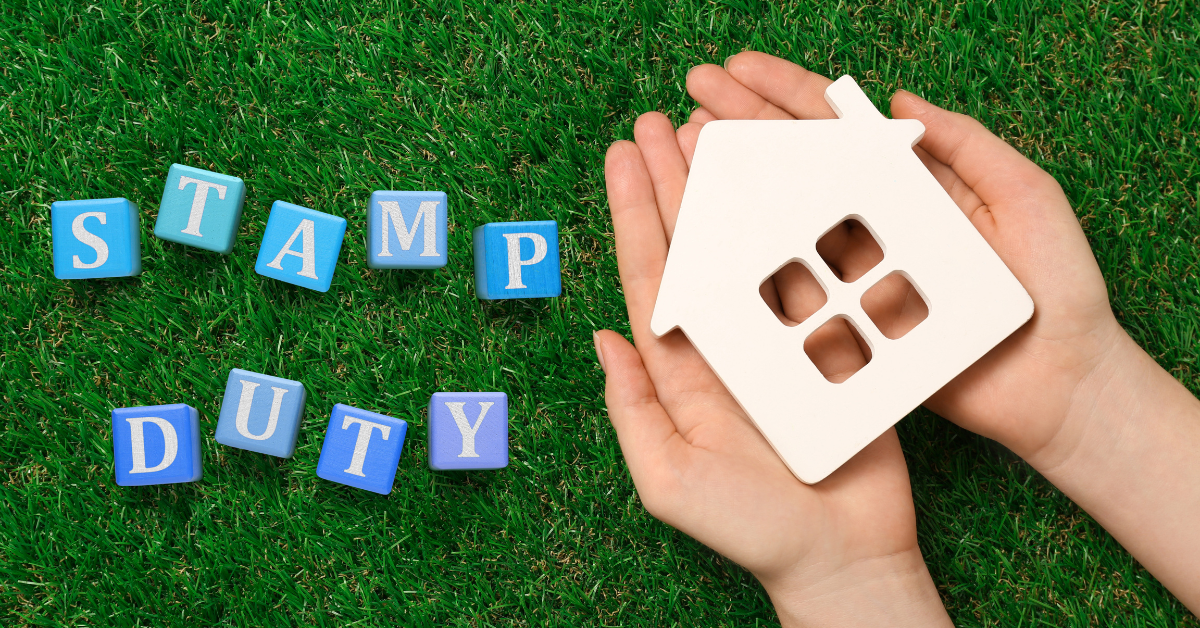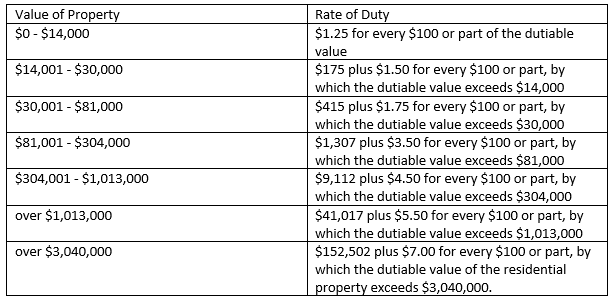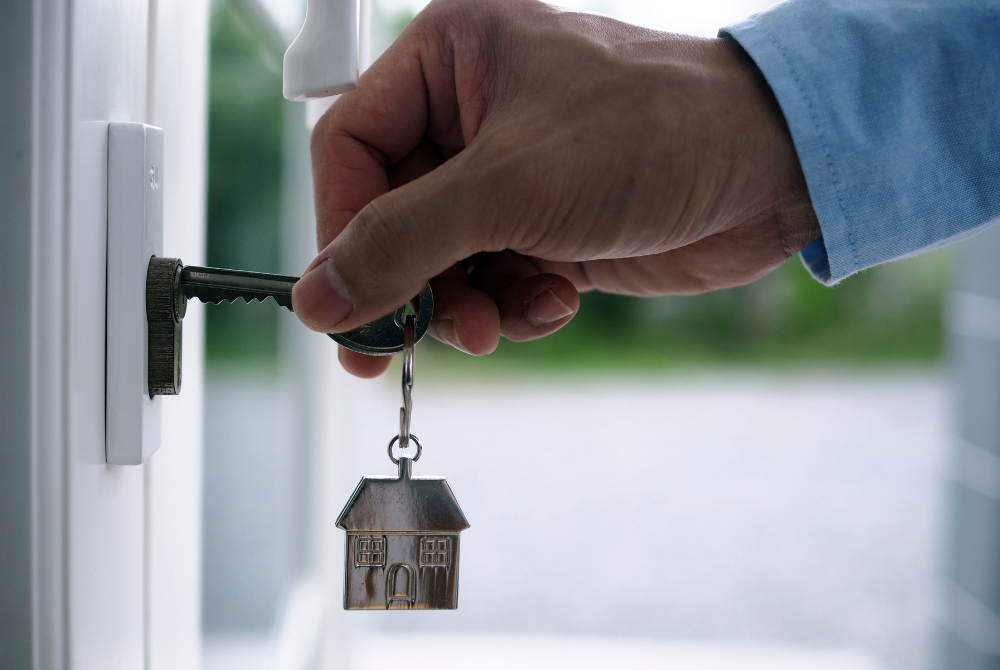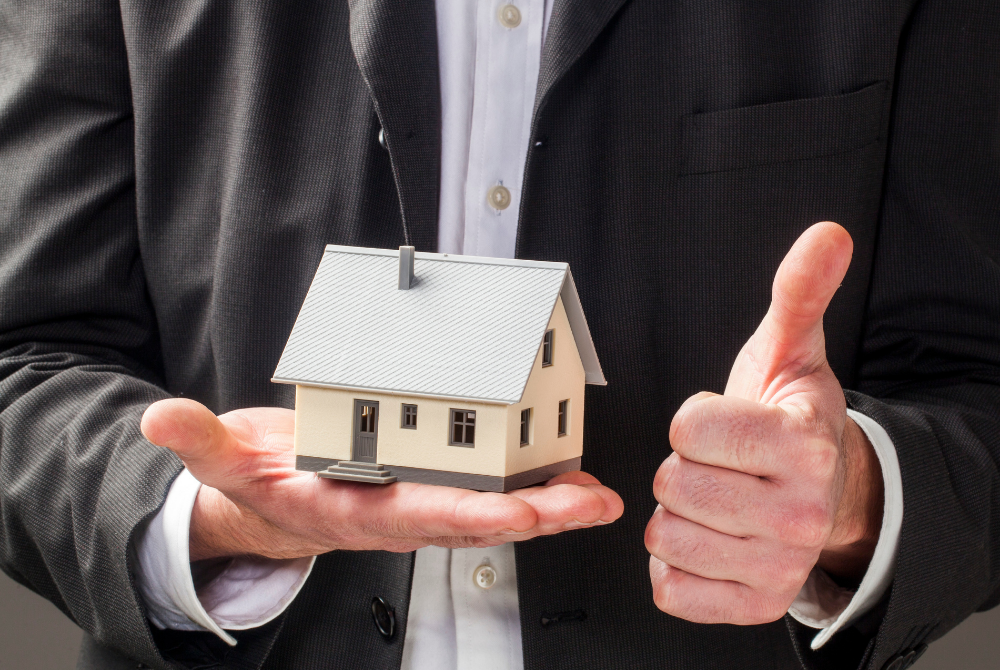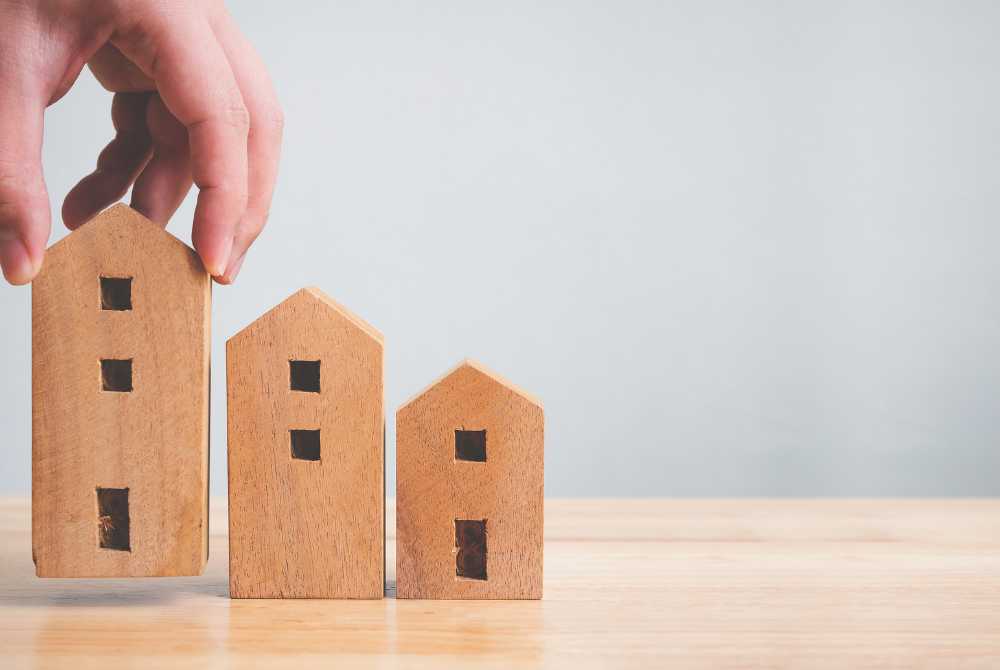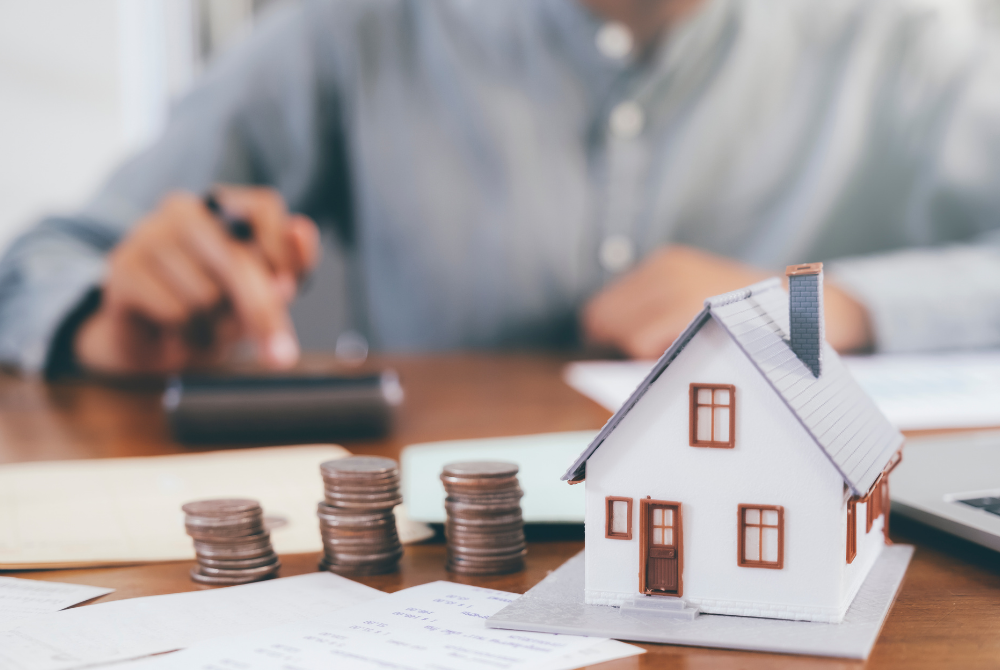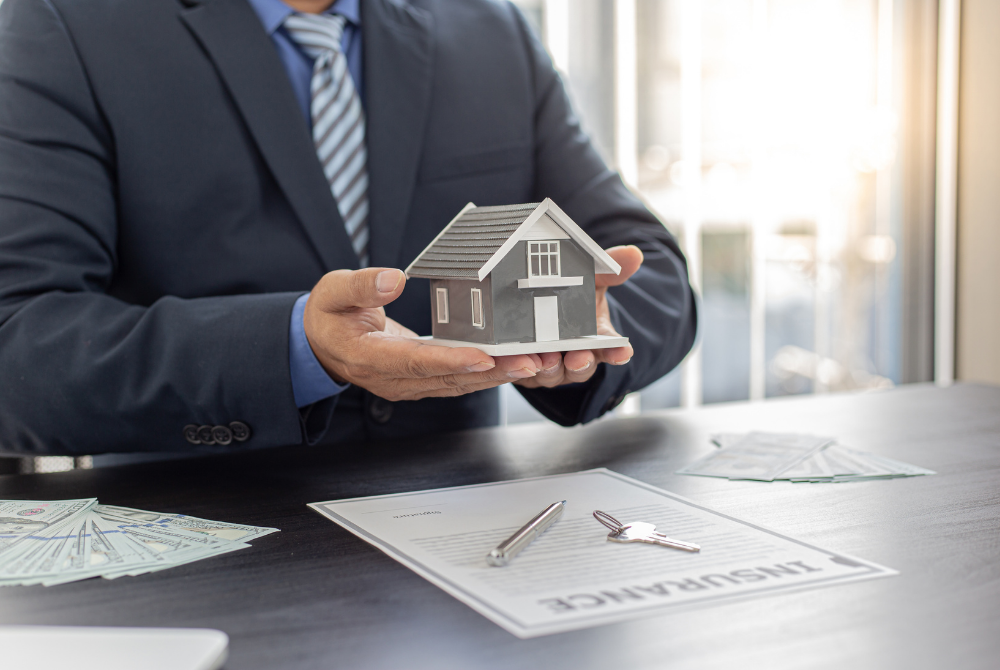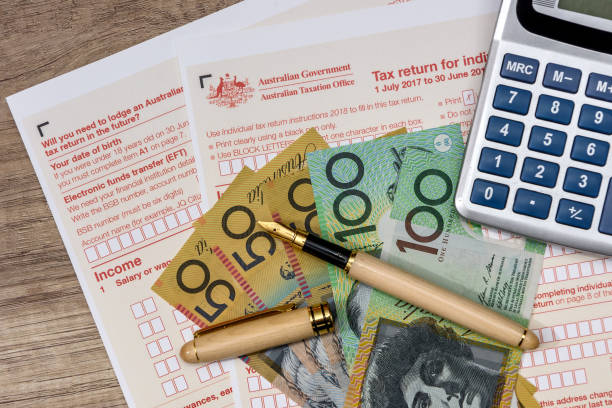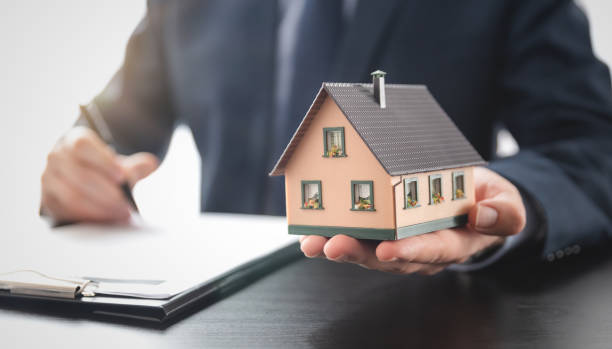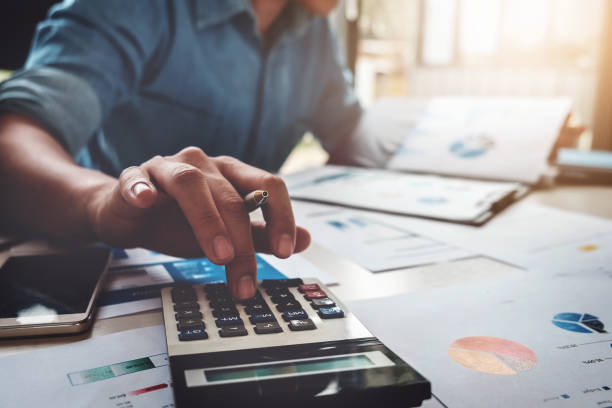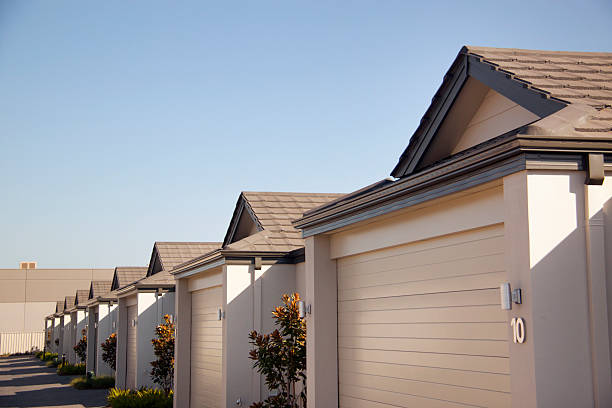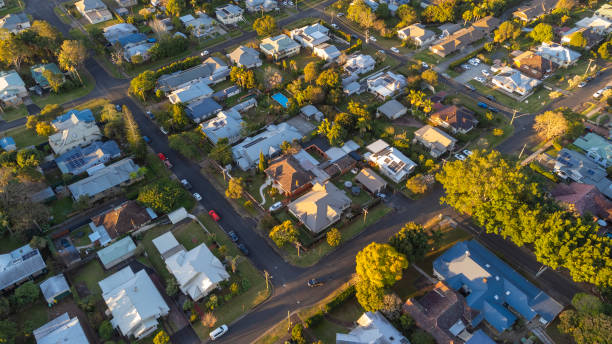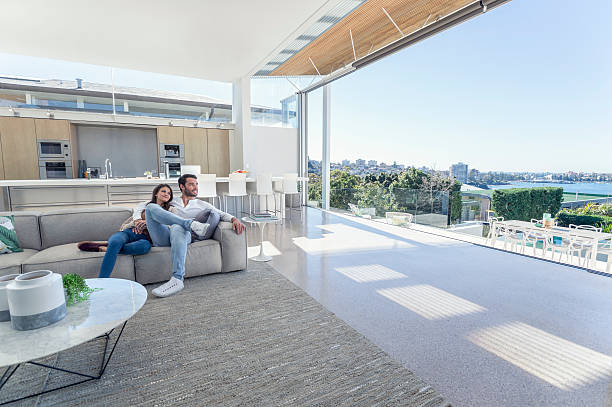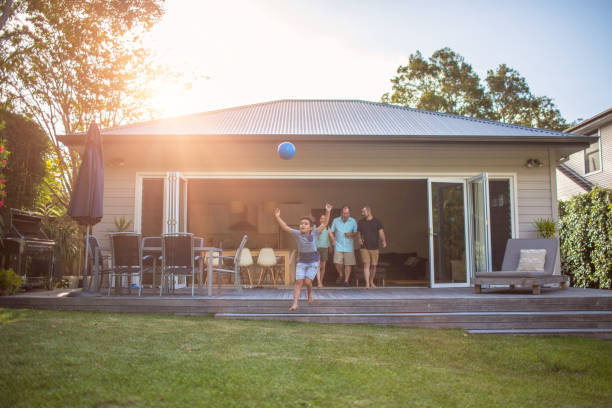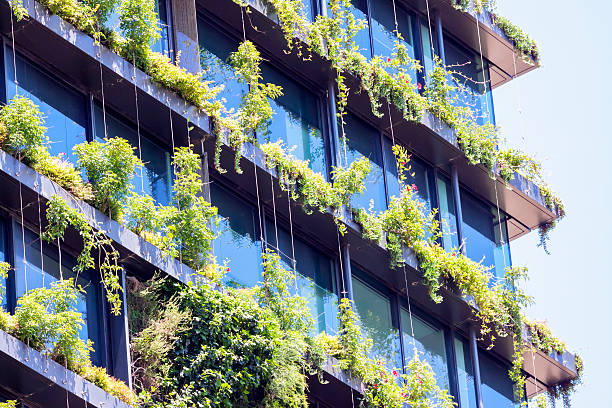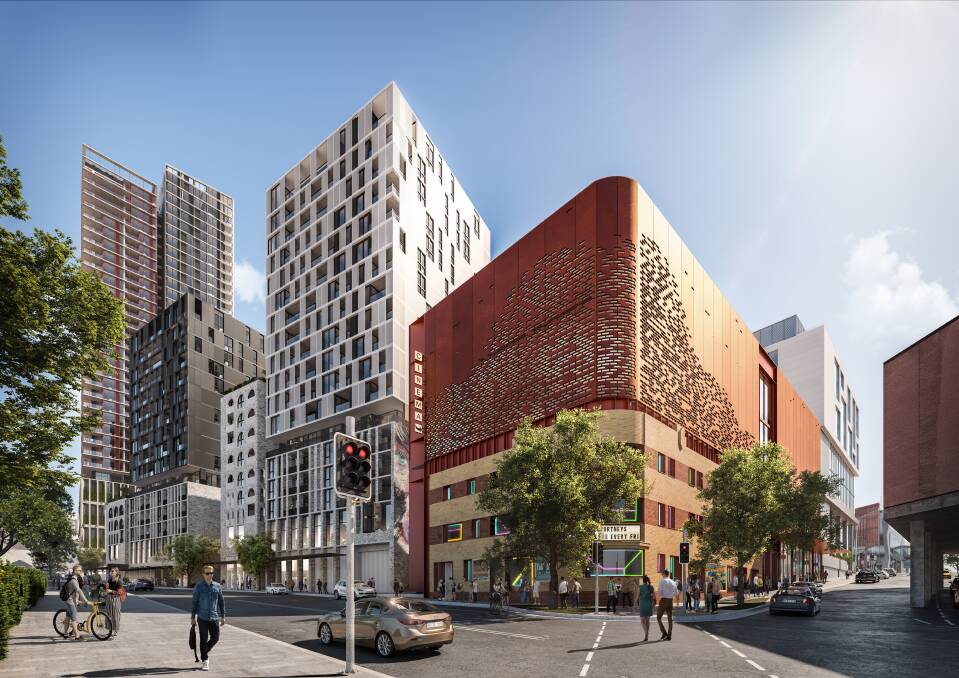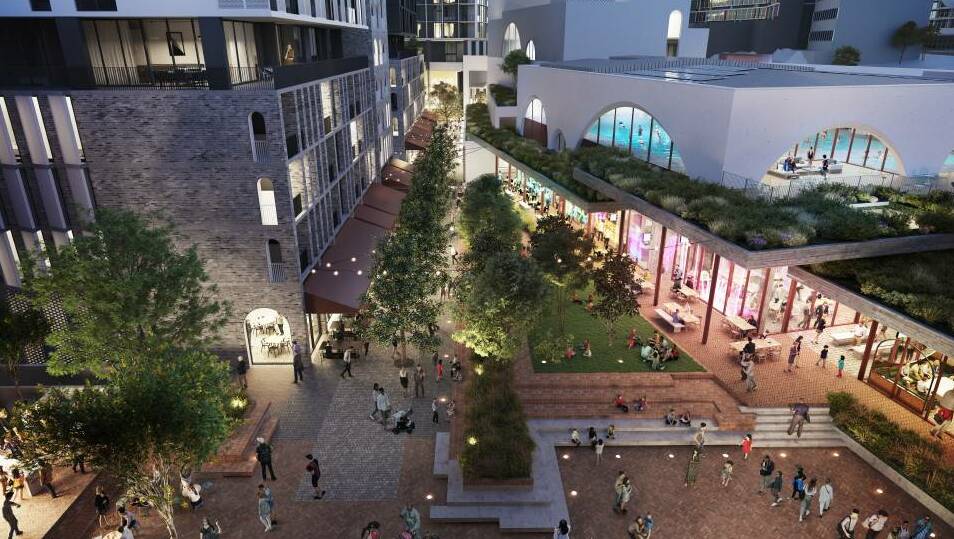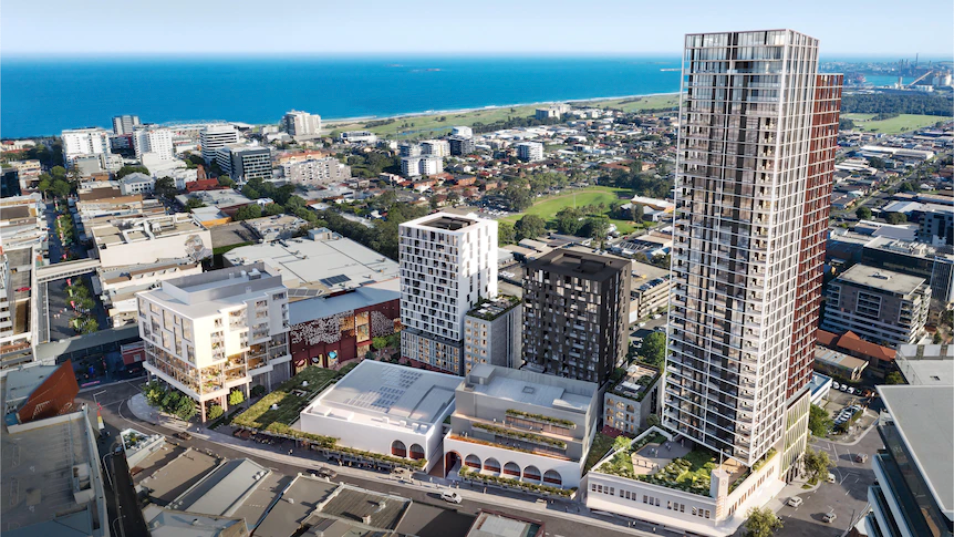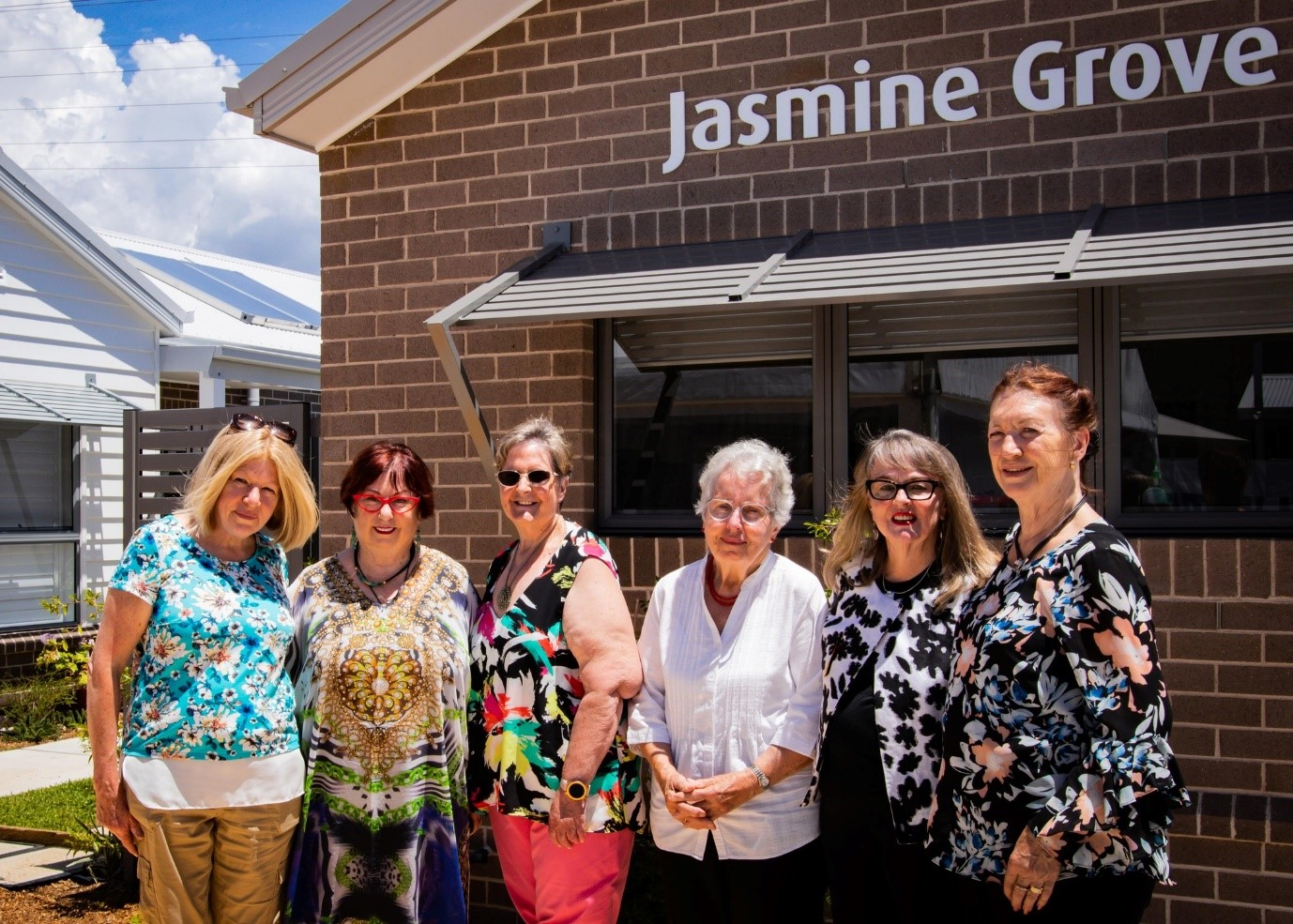Cash Flow or Gearing? Growth or yield? Understanding Property Investment Terminology
When it comes to property investment, questions like, “Which is better, positive vs negative gearing?” or “Should I go for yield or growth?” is kind of like asking, “Which is better, a hammer or a screwdriver if I want to mow the windows?”

Firstly, let’s start with understanding gearing.
Put simply, ‘Gearing’ means using borrowed funds. Investors typically ‘gear’ their investment properties because buying property for cash is really, really, really hard for ordinary Australians – even for those on incomes well above average.
If you know anyone with a mortgage, they have used gearing. If the property is their home, the gearing has no tax implications. If the property is an investment, the gearing will have tax implications.
So why use borrowed money or ‘gearing’ to buy a property? Why not just save up the money required and pay cash?
Imagine a 100m race between a bicycle and a Tesla. The bicycle represents the speed at which most Australians can genuinely save money and the Tesla is the increasing purchase price of an average property in the Australian market. Unless the Tesla has its wheels removed, the bicycle doesn’t stand a chance. And so it is with the ability for most Australians to save money quicker than property prices are rising. The majority of property buyers need a super quick injection of funding (borrowed money) to complete the purchase or they will never catch the market.
So now we know what gearing is, what is all the talk about positive and negative gearing? Is one better than the other and which is best for you?
So, What Is Negative Gearing?
Let’s apply a basic bookkeeping idea – debits on the left and credits on the right.
In simple terms, an investment property is negatively geared when the debits (you could also call them costs or expenses including interest, maintenance, insurance, strata, council rates and depreciation) are bigger than the credits (usually called rent or rental income). That is, more money is going out per year than is coming in.
Just like with any business, when more money is going out than is coming in, the business is making a loss. The difference when it comes to personal property investment, however, is what can the loss be used for and what does the ATO permit on your personal tax return.
So, in this case, the ATO will permit the property investment loss to be deducted from the annual income of the investor *YES!!
Let’s explore further using basic numbers – Meet Billy!
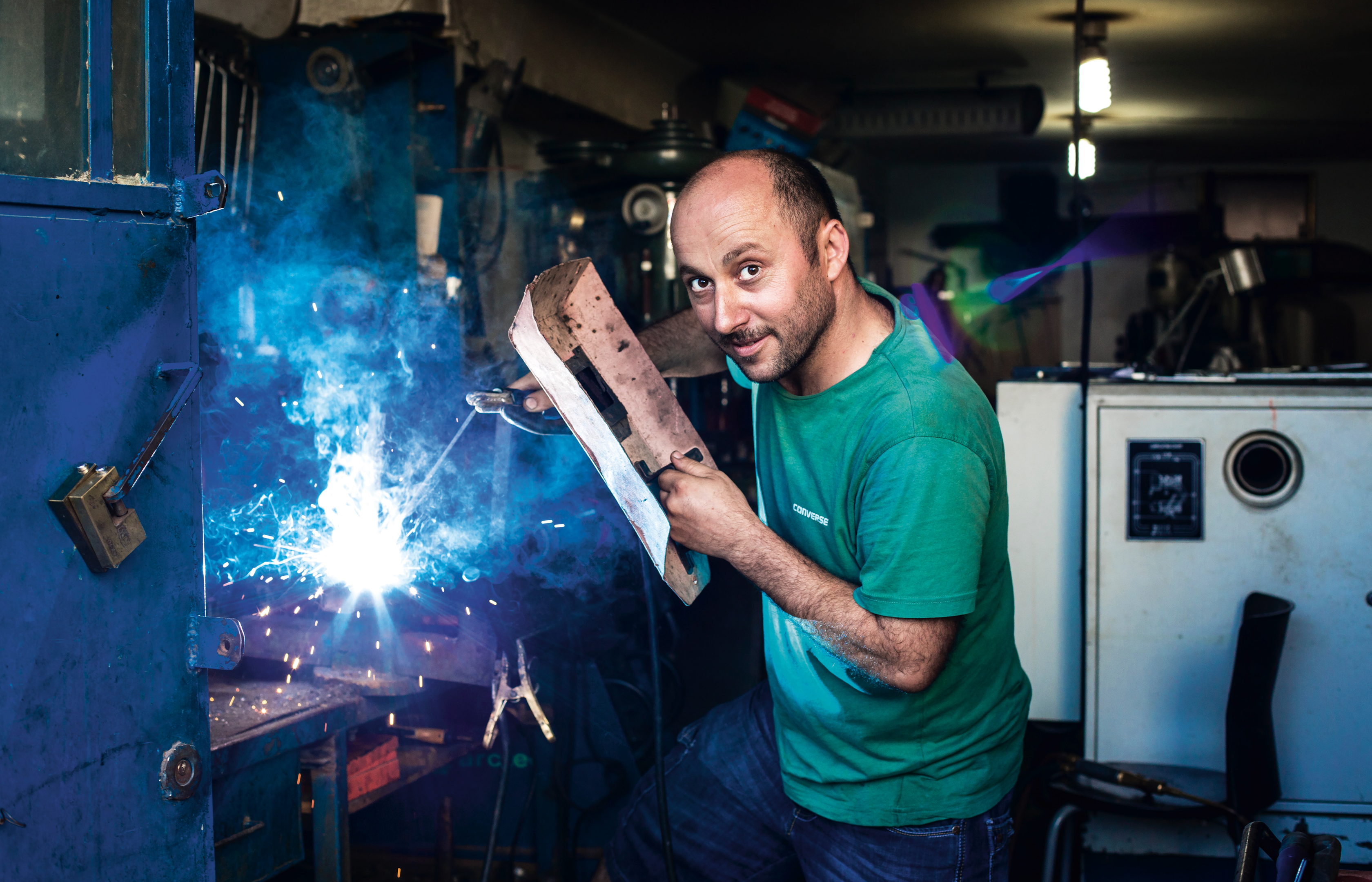
Billy is a worker in a local factory. He earns $100,000 annually for this job.
His investment property has a rental income of $20,000 and expenses of $30,000 for the financial year therefore Bill’s investment property makes a $10,000 loss. The $10,000 loss is then able to be deducted from Bill’s factory wage.
So, Bill will pay tax on $90,000 income not $100,000.
Benefits of Negatively Geared Property Investment
Capital Growth
Properties purchased for negative gearing outcomes generally show great potential for capital growth, with the end goal being impressive gains received upon the sale of the home.
As long as the property shows high potential for future growth and quality research has been carried out to prove this, capital gains should outweigh any losses incurred by a long shot.
Long Term Tenants
Properties with the potential to successfully negatively gear are often located in areas with low rent and high vacancy rates. Finding long term tenants in these kinds of areas isn’t usually too difficult, so if you find a good renter, they may be with you for the entire life cycle of the property which is a huge plus and means less stress for you, as the property investor.
Drawbacks of Negative Gearing
Potential For Negative Cash Flow
When purchasing a negatively geared investment property, it is advisable to ensure you have a stable income that is likely to increase over time. By ensuring this, you can cover any property expenses that may be incurred where rental income doesn’t cover.
Capital Gains Attract Tax
Keep in mind that 50% of your capital gains will attract tax. It’s important to take this into account when considering a property purchase based on negative gearing.
What is Positive Gearing?
You’ll often find positively geared investments referred to as cash flow positive properties.
A positively geared investment is entered into with the understanding that the property will attract high rental income and produce more cash flow from tenants throughout the life span of the ownership.
Essentially, the positive cash flow from rental income on these types of investment properties is expected to cover property prices and fees, while generating passive income for the homeowner.
Think of a property located close to a city where vacancy rates are low.
This may put you in a position to charge $600 per week in rent. Say the overall costs of owning the property average out to be around $550 per week.
This means your property investing strategy is immediately paying off, leaving you with a net return on investment of $50 per week.
And while your ‘business’ is making a profit, we need to consider the ATO’s rules to complete the picture. For a positively geared property, the ATO will add the investment ‘profit’ to the investors existing taxable income.
Now, meet Mary!

Just like Billy, Mary also earns $100,000 working in a local office.
Her investment property has a rental income of $30,000 and expenses of $20,000 for the financial year therefore Mary’s investment property makes a $10,000 profit. The $10,000 profit (considered taxable income) is then assessed in addition to Mary’s factory wage.
So, Mary will pay tax on $110,000 not $100,000.
How Does Positive Gearing Work with An Investment Property?
As mentioned previously, the ultimate goal of owning positively geared investment properties is to gain positive cash flow that will not only cover the expenses of the investment property itself but also provide a source of passive income for the owner.
The goal of this investment strategy is to gain wealth and stability, which is in line with investors who choose the negative gearing approach. It’s just a different way of going about it.
Rather than seeing high capital growth and selling when the time is right, investors focus on gaining income while the property is in their hands when negative gearing is the chosen strategy.
Essentially, they want to make sure they’re seeing a return on their investment throughout their entire ownership, not just at the end.
Benefits Of Positively Geared Property Investment
More Cash Flow
Though a property focused on positive gearing may see lower capital growth overall than one designed to negatively gear, the major plus is that you can use your own home from the get-go as a source of additional income.
You’ll see the fruits of your labour upfront as you receive rental payments from tenants that cover not only your maintenance costs, mortgage fees, interest payments and other expenses, but will also provide extra cash for you to invest, set aside as savings or spend as you see fit.
Increase Your Borrowing Power
Properties that aim for positive gearing outcomes tend to be considered a little less risky than ones with negative gearing goals, simply because the income received throughout the ownership is greater than the expenses incurred.
This can ultimately set you up with more borrowing power should you wish to expand your investment portfolio.
Versatile Option for New And Old Investors
Positively geared properties are highly attractive investment opportunities for both seasoned and rookie investors alike.
New investors can begin their portfolio with a property that offers less risk or financial burden until the eventual sale.
Established investors with an existing property that is positively geared have seen/are seeing the benefits first-hand, and will likely choose to grow their portfolio with similar properties.
Cover Losses of Your Negatively Geared Properties
If you do decide that you’d like to try your hand at owning a negatively geared property, you can utilise the income from your existing properties built around positive gearing to cover any losses incurred so you’re not left out of pocket.
Drawbacks Of Positive Gearing
Your Rental Income Will Be Taxed
Yep, income from rent is taxable income so the ATO is going to want their share of your rental income as you receive it. Be sure to incorporate this into your tax payable calculations when deciding whether to go ahead with your investment.
Fluctuating Or Slow Capital Growth
The majority of properties with positive gearing benefits tend to be located in or near rural or regional towns, which can often affect the capital growth of an investment. This may take a toll on your ability to access equity to fund other prospective investments.
Low Rental Yields Can Negatively Impact Your Cash Flow
As mentioned above, one of the major benefits of positive gearing is positive cash flow. This can be negatively affected by low rental yields, depending on the state of the property market and other economic and social factors.
What about Neutral Gearing?
Yes, if you’re wondering is there a “neutral” gearing option, there is!
This concept happens where the amount of money going out per year is the same as the amount of money coming in – enough rent is received over twelve months to exactly cover the full cost of all the outgoings.
But, this usually doesn’t happen naturally and probably requires some creative accounting to make happen year on year on year.
Neutral gearing is more likely to be found in the space surrounding seasoned property investors with multiple property investments; whom by default have more moving parts than first-time investors. This will generally allow accountants more wriggle room to ‘carry the one’.

Okay! But what has positive or negative gearing got to do with hammers and screwdrivers?
Positive gearing and negative gearing should be considered separate tools available to investors to assist with certain investment (tax) outcomes. Positive and negative gearing can also be used to create opportunities that otherwise might have remained out of reach.
Just like there is no perfect approach to renovating, there is no one investment gearing tool that does all jobs. Much will depend on many varying factors.
If Mary’s goal is to reduce the amount of personal tax she pays, her positively geared property isn’t helping her.
If Bill is struggling with cash flow and generally finding it hard to make ends meet, his negatively geared property isn’t helping him (since now he needs to personally fund the $10,000 loss: $200 per week out of his own pocket).
Then Which Is Better, Positive or Negative Gearing?
The end goals of both positive gearing and negative gearing investment strategies are very similar: to gain wealth and stability through well-researched property investment opportunities.
As with all property investment, it is important to weigh up the different factors like overall taxable income, the depreciation schedule of the property, any tax benefit that may be afforded, any tax deductions that may come into play, as well as interest rates and more.
It’s always best to seek independent financial advice on any investment you plan to make but essentially, when it comes to negative and positive gearing, those investors with a steady income stream that is likely to increase could consider negative gearing as a quality investment, while investors who prefer an opportunity that will provide positive cash flow throughout the ownership could benefit from a positively geared property.
All in all..
If you’re interested in finding out more about positive and negative gearing or property investments in general, please don’t hesitate to reach out to our team of experienced and highly skilled real estate experts.
We can help you find the positively geared property, as well as negatively geared opportunities to suit your specific circumstances.
Pick up the phone and call (02) 9056 4311 for a friendly chat today!
If gathering info online is more your style, we’ve got a contact form where you can send us a message.

